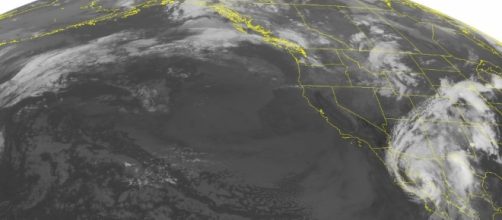The Donald Trump led Administration is making a proposed budget slash to a top climate science agency, the National Oceanic and Atmospheric Administration (NOAA) by 17%, according to reports.
As stated by a memo procured on Friday, the proposed budget slash would also impede the funding for a number of smaller programs, such as external research, estuary reserves, and coastal management, among many others.
NOAA is part of the commerce department, which would be struck by an all encompassing 18% decrease in their current funding level.
Satellite programs to be affected by the cut
Of the satellite programs facing the largest slash is the National Environmental Satellite, Data, and Information Service, which is home for climate and environmental information through the National Centers for Environmental Information.
Researchers in that program include the study of continuing rate of global climate change. Another program to be hugely affected by the potential budget slash would be a $73 million program named Sea Grant Programme, which presently gives aids to university research programs at thirty-three institutions throughout the United States.
Effects of the proposed budget slash
A lot of scientists have warned that the huge reduction at NOAA could harm safety as much as academic programs.
Jane Lubchenco, the administrator of NOAA during the tenure of President Barack Obama, said that over 90% of the data and information for weather forecasts are gotten from satellites.
He said slashing NOAA's satellite budget will hamper and shackle NOAA's aim of keeping the citizens of the United State safe from severe weather conditions and providing weather predictions that help businesses and Americans to make witty and intelligent plans.
Benefits of NOAA
Few among the many benefits of NOAA which are set to be affected by the proposed budget slash of the climate science agency is that weather satellites keep airplanes from flying blind and NOAA has also contributed greatly to the advancements in weather and climate technologies.

